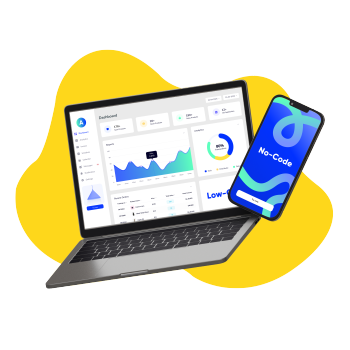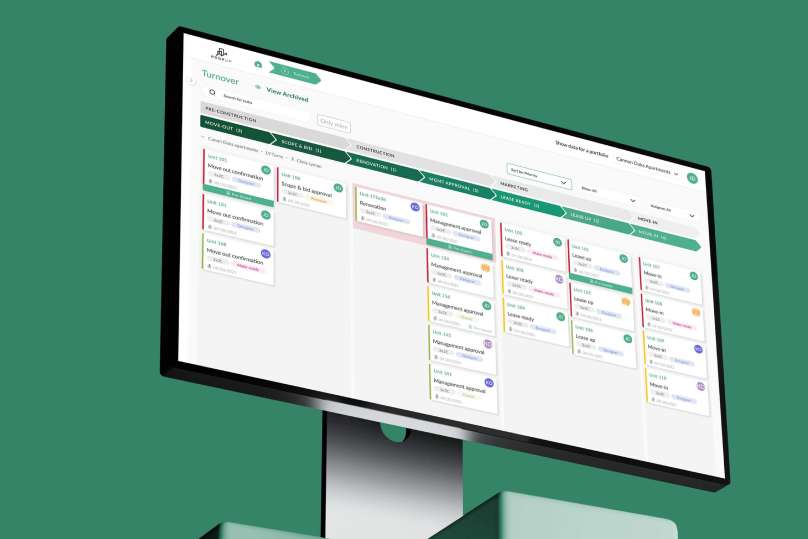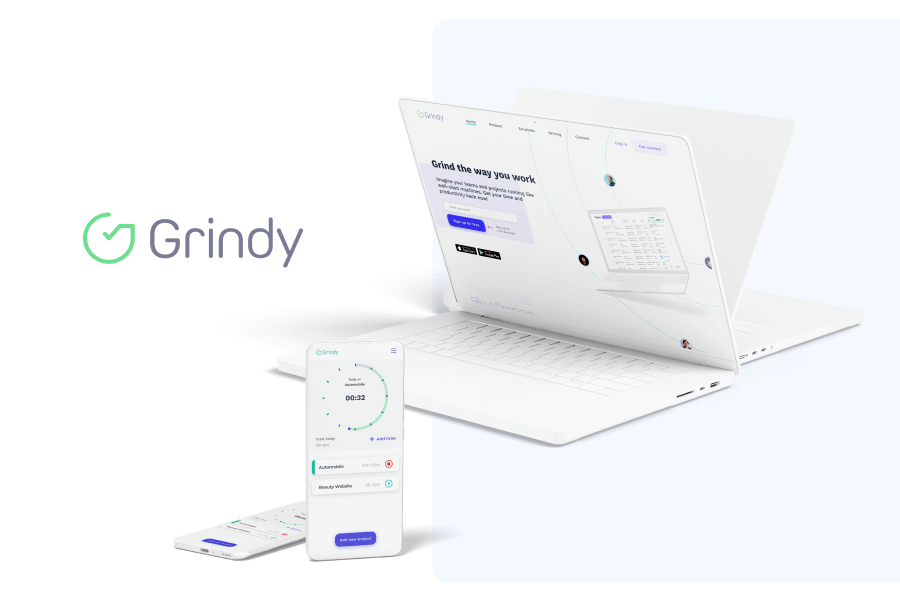By 2030, as much as 80% of business applications will be built using low-code/no-code platforms.
According to Gartner and Statista, low-code technologies are becoming the new standard for software development — especially in startups, the SME sector, and innovation departments within corporations.
The low-code/no-code market is projected to reach over $65 billion by 2027, and exceed $150 billion by 2032.
Forecasts from Fortune Business Insights point to an annual growth rate (CAGR) of over 26%. More and more companies are treating these tools not as an alternative, but as the foundation of digital transformation.
Companies using low-code operate on average 3–5 times faster than their competitors, and have up to 70% lower MVP implementation costs.
Data from the Forrester Total Economic Impact report shows that development time is reduced from 6 months to 6 weeks, and apps begin generating profit more quickly.
Over 60% of Fortune 500 companies already have internal “citizen developer” teams.
According to IDC, these are non-IT employees who independently build apps, automations, and dashboards using no-code tools. It’s a new wave of digital creators.
McKinsey predicts that by 2035, up to 30% of all office tasks will be automated thanks to low-code and AI.
The combination of these two technologies signals a revolution — not only in IT, but across all business processes: from HR to logistics to customer service.




















